Italy
From the sun-kissed and dramatic coastline of the Cinque Terre to the gentle slopes of the Tuscan countryside, Italy is defined by arresting landscapes and cultural wonders. Leading the world with 51 UNESCO World Heritage Sites, Italy was the center of the Roman Empire, birthplace of the Renaissance, and is the heart of the Catholic Church. But walking through medieval cities and cathedrals isn’t the only way to experience Italy’s history. Discover Italian flavor by tasting distinctive regional dishes, savoring cured meats and aged cheeses paired with vibrant DOCG red wines, listening to the operas of Verdi, and feeling the warmth of Italian hospitality. Instead of trying to take in thousands of years of history and fine cuisine all at once, slow down and let the rhythm and flavors of the bella vita sink in.
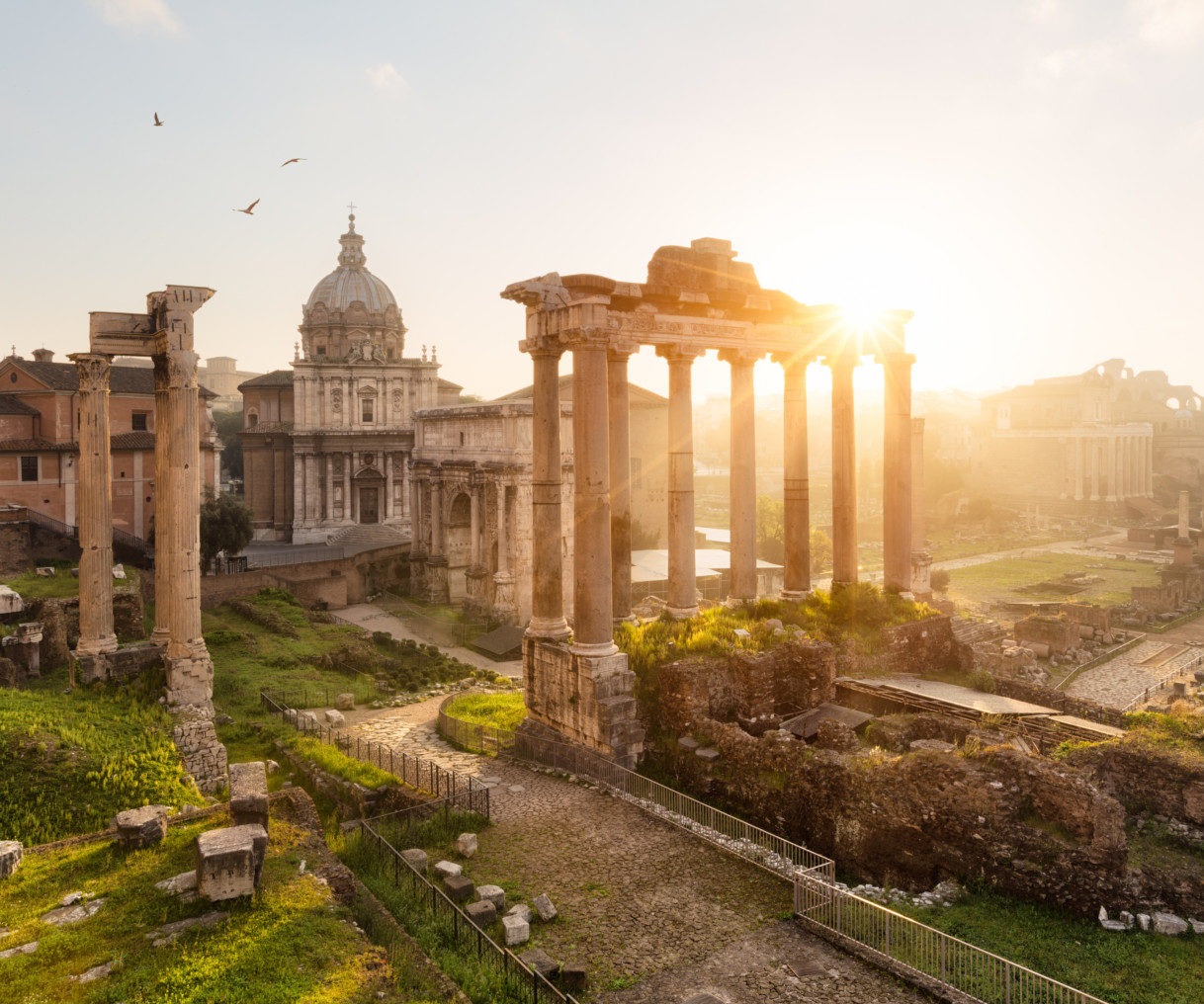
Rome
One of the top worldwide destinations for art and architecture, Rome is home of the Colosseum, the Roman Forum, and Vatican City, and is at the very root of Western civilization. Whether you are basking in the magnificence of the Sistine Chapel, tossing a coin into Trevi fountain, or tucked into a hidden alleyway restaurant, Rome will never cease to surprise you. A city of bustling food markets, endless bars and cafés, and thousands of years of layered history, losing yourself on narrow cobblestone streets is the best way to experience Rome.
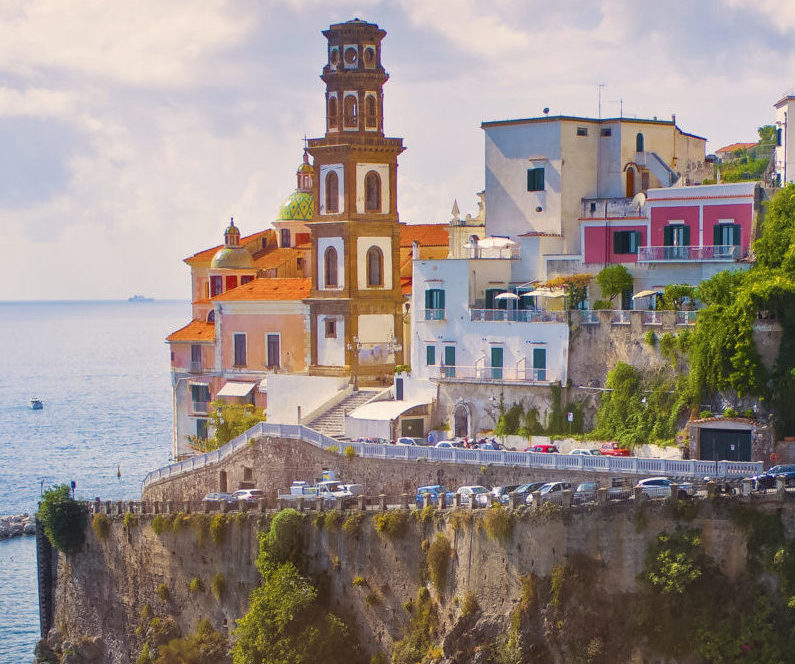
Amalfi Coast
Southern Italy’s Amalfi Coast is dominated by sheer cliffs and rugged shoreline with pastel-colored fishing villages cascading down the steep slopes to meet the sea. Winding roads and networks of footpaths connect small towns and terraced vineyards nestled into the mountainside. With panoramic views all along the coast, you can choose between relaxing on small beaches, hiking among grand villas and monasteries, or visiting nearby towns like Positano, Amalfi, Ravello, or the ruins of Pompeii. The idyllic island of Capri, known for its picturesque grottos and coves, is within easy reach for a day-trip. Most popular in the summer months, the Amalfi Coast has something spectacular to offer at any time of the year.
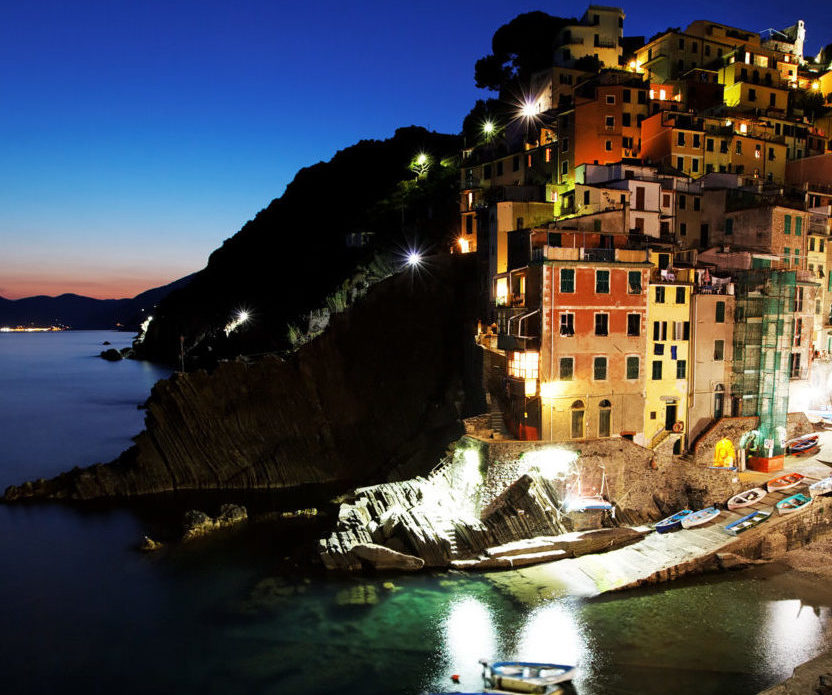
Cinque Terre
On Italy’s northwestern coast, where the Apennine Mountains come crashing into the sea, lie the five historic fishing villages of the Cinque Terre. With colorful houses perched perilously along steeply terraced cliffs and rugged coastline, this region is a hikers dream come true. The villages are connected by a series of handmade trails which wind through ancient vineyards and olive groves, offering panoramic views of the pastel-painted buildings and shimmering sea. After a full day of hiking, take in the sunset on a boat ride before settling in for a night of fine wine and fresh-caught seafood.
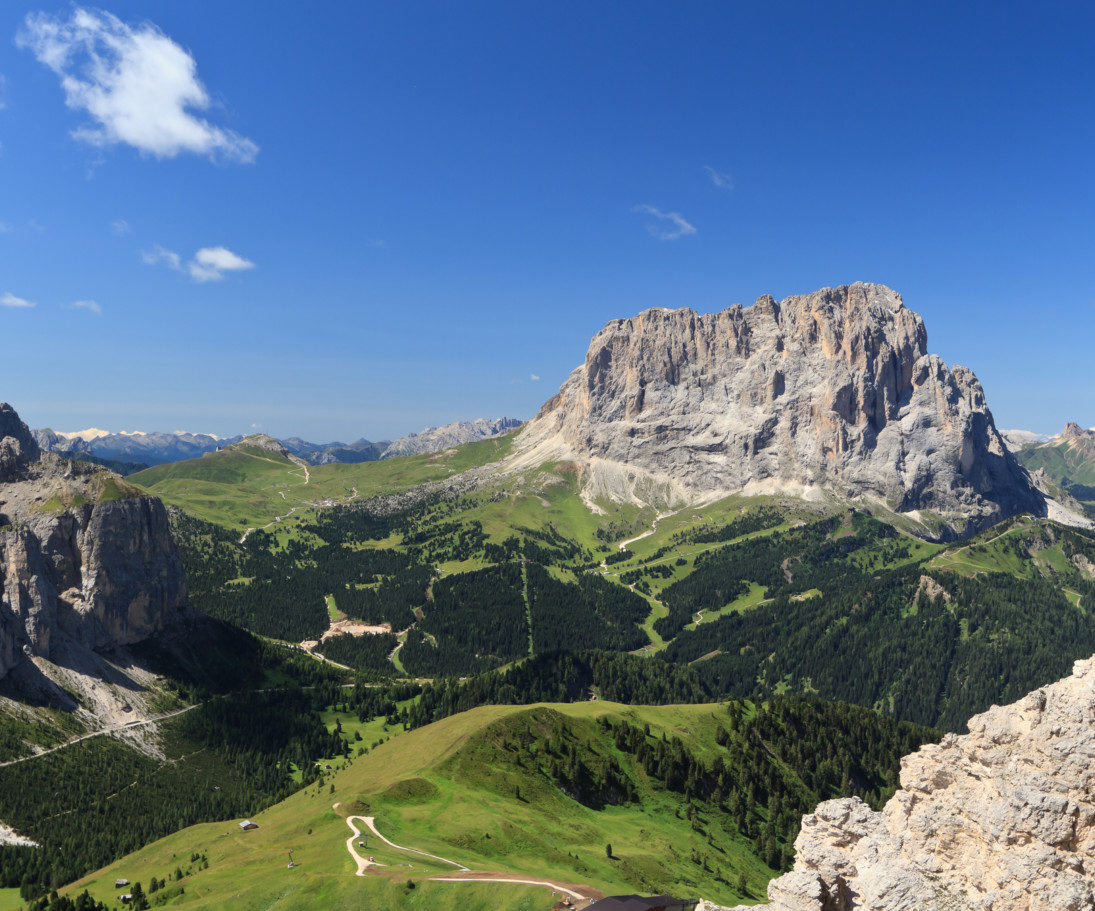
The Dolomites
Nestled against the foothills of the Alps, the Dolomites are a riveting mountain landscape with sheer cliffs, towering rock pinnacles, craggy peaks, and narrow, meandering valleys. The region is a unique blend of cultures and at times may feel more like Austria than Italy, with a scattering of Austrian restaurants and a significant German-speaking population. With abundant hiking and skiing, the Dolomites offer infinite outdoor adventures. Whether taking a scenic drive along the Strada di Prosecco, or strolling among the historic Renaissance towns, this landscape has irresistible charm.
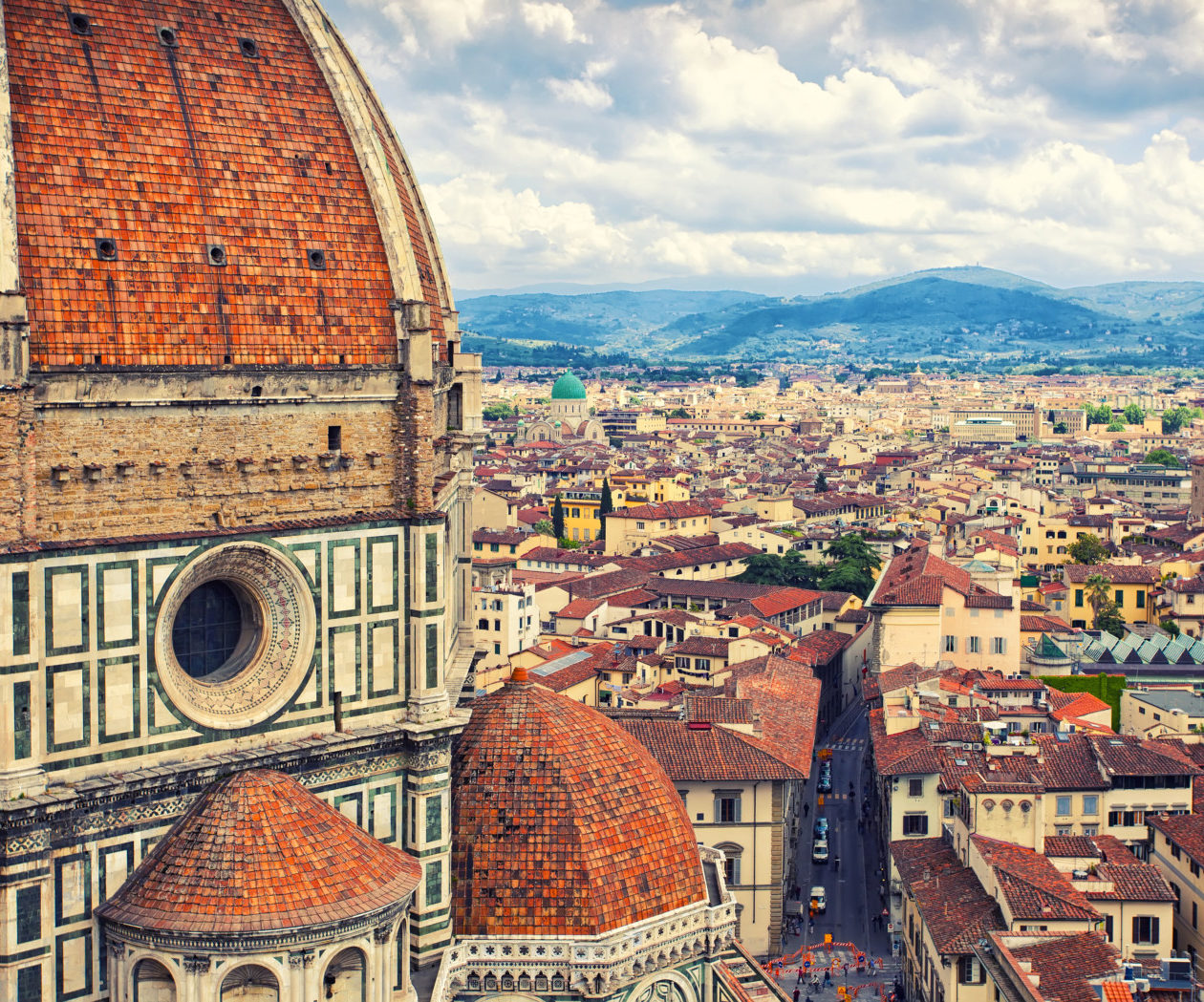
Florence
At the heart of Tuscany, Florence is a city of winding cobblestone streets, bustling plazas, exceptional art, and exquisite cuisine. Compact and pleasurable to walk, Florence’s streets are filled with traditional artisan workshops, cafés and top-notch restaurants, and hidden architectural gems. The birthplace of the Renaissance, home of the notorious Medici family, Machiavelli, and Michelangelo’s David, this relatively small city is filled with endless opportunities to explore celebrated history and art. When you have reached your fill with masterpieces and medieval chapels, the vine-laden hills of the Tuscan countryside beckon.
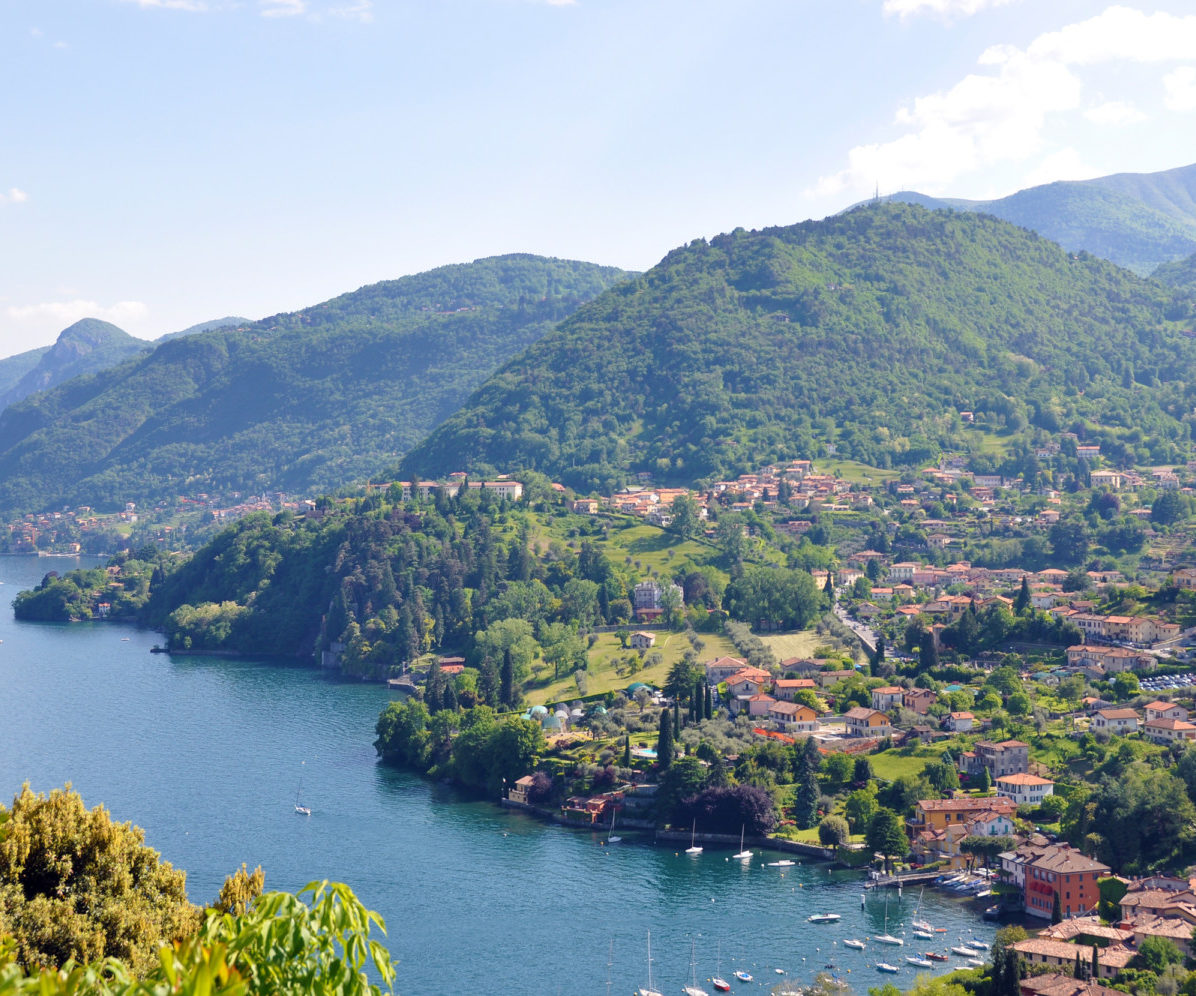
The Italian Lakes
Stretching from Piedmont to Lombardy and the Veneto, these sparkling glacial lakes have been marveled at for centuries, from Ancient Roman writers to Hemingway. The most well-known lakes are Maggiore, Como, and Garda, but no matter where you visit, romantic spa-hotels, top-tier restaurants, artisanal crafts, and outdoor adventures abound. The elegant lakeside towns of the region each boast their own distinct style and charm, though they seem to share the same relaxed approach to life.
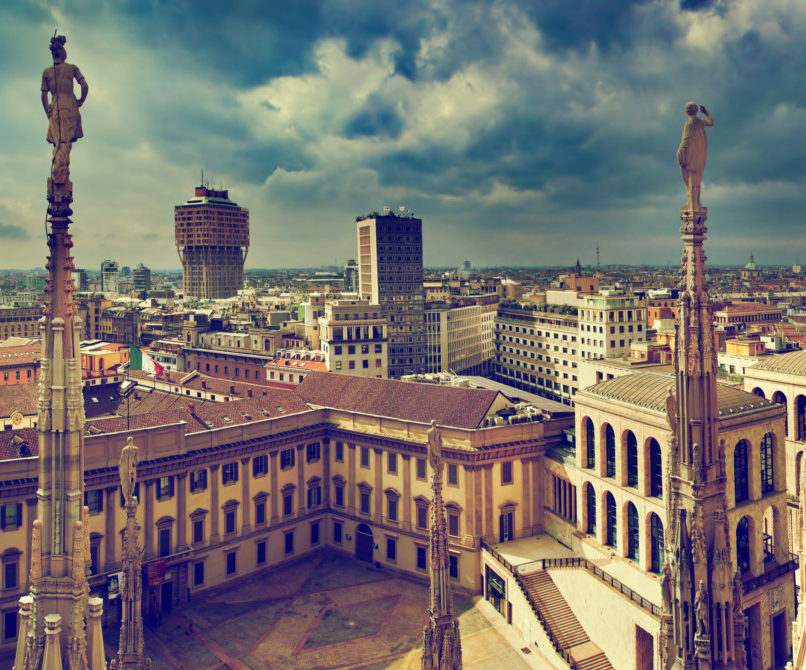
Milan
A fast-paced city and international fashion hub, Milan is most often used as a jumping off point to the Italian Lakes or Piedmont region. Though visiting Santa Maria delle Grazie convent, home of Leonardo da Vinci’s famous painting The Last Supper, is reason enough to stay a night. The Gothic Duomo di Milano cathedral, designer clothing shops, and a lively nightlife are good excuses to stay longer. A city that prides itself on culinary flair, Milan’s cutting-edge cuisine has earned the city a host of Michelin-stars.
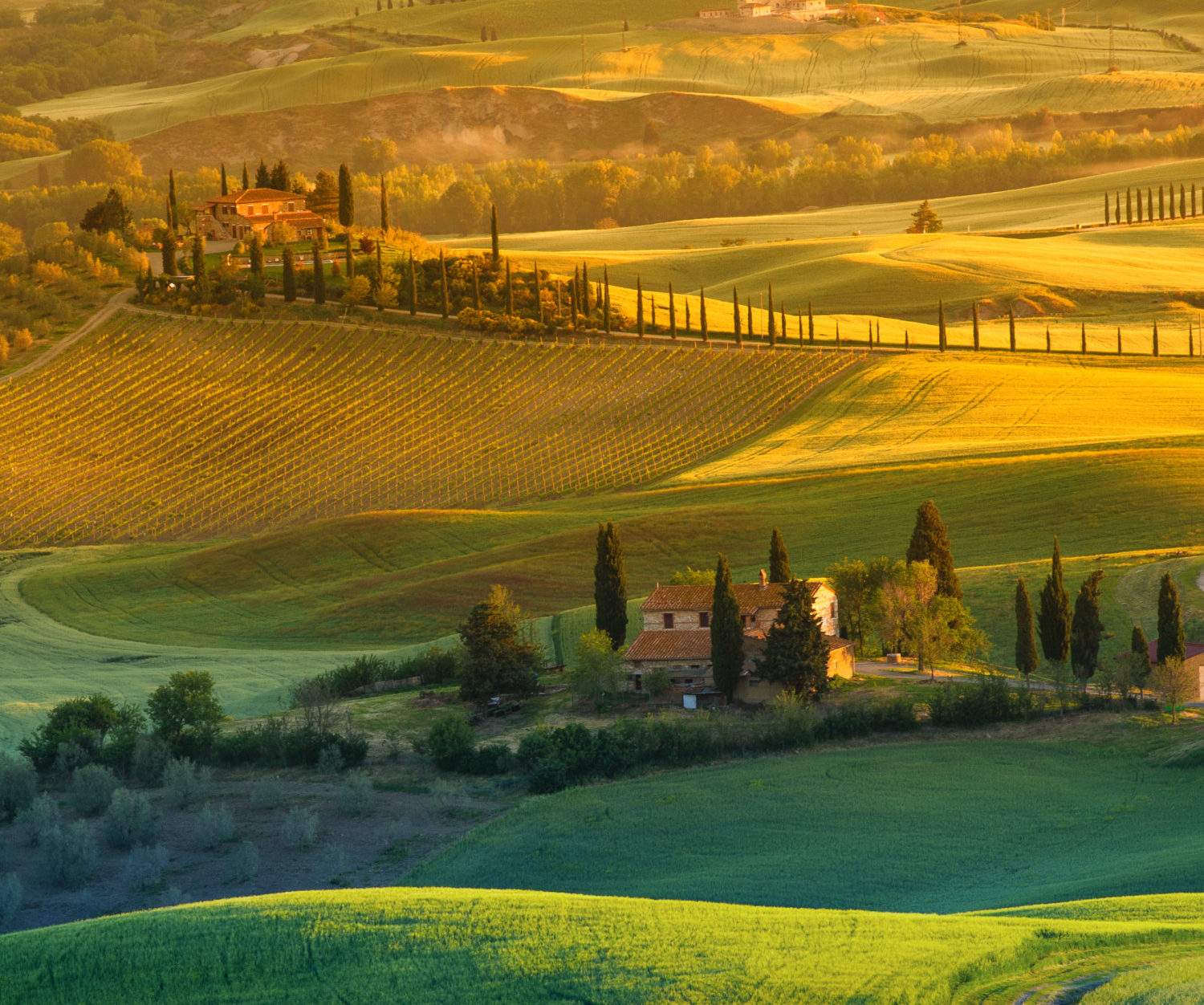
Tuscany
During the medieval period, this vast region was divided into powerful city factions around Florence, Pisa, Arezzo and Sienna, making it an ideal place to experience distinctive art and architecture. Outside of the larger city-centers, small towns with central castles pepper the Tuscan countryside. But the real allure of the region is in its rolling sun-stippled hills, covered in grapevines and rolling pasture, and the blissful food and wine they produce. Famous wine regions including Chianti, Montepulciano, and Montalcino, and provincial olive groves yield some of the country’s spiciest olive oils. Spend a few days in an agroturismo, drinking regional wine and sampling the local cheeses, and enjoy the dolce vita.
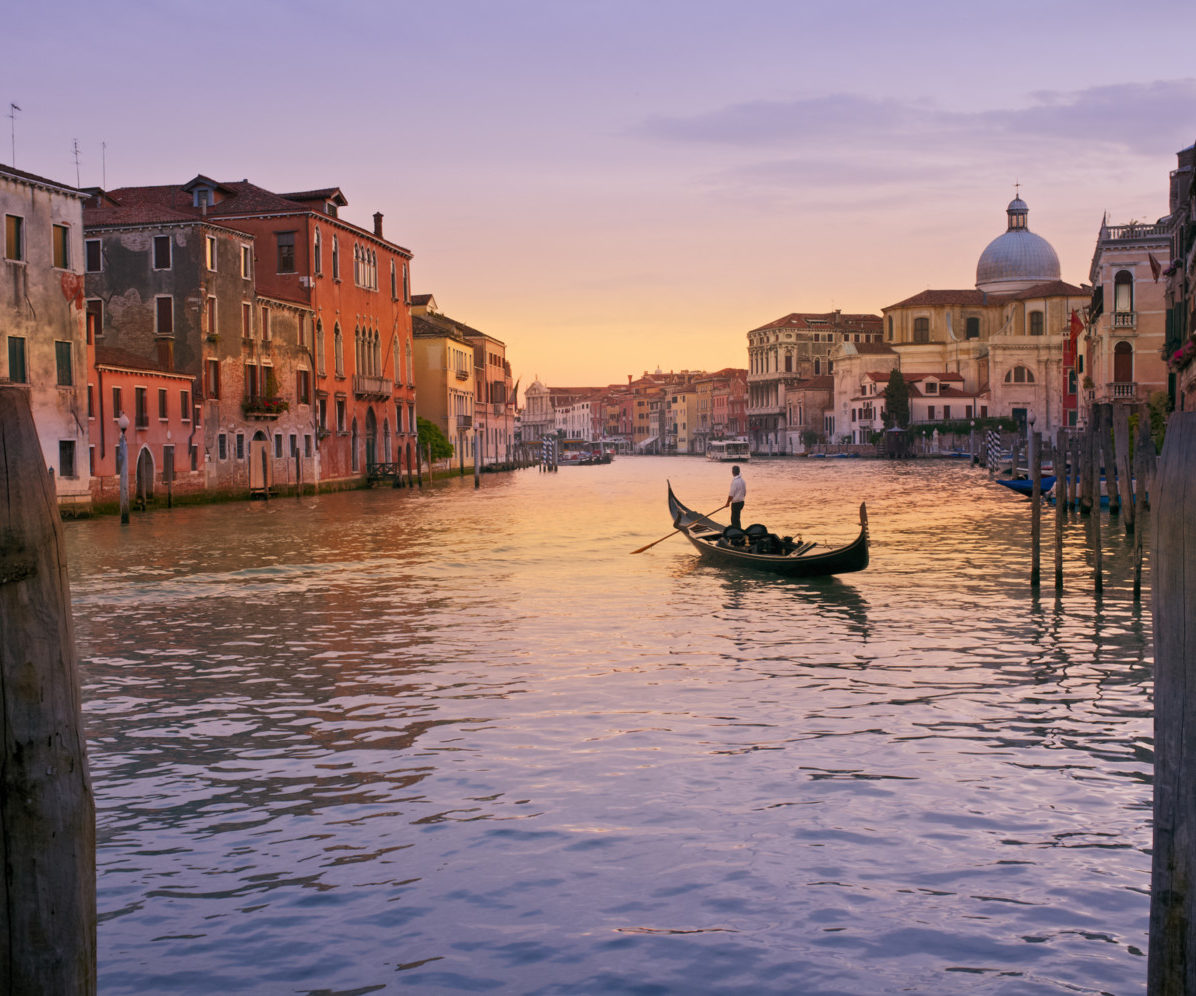
Venice
Known for its romantic gondola rides through the canals, Venice is a group of islands like no other. The historical wealth of Venetian trade inspired the construction of architectural masterpieces, decadent works of art, and a culture of refinement. The Basilica di San Marco, the Bridge of Sighs, the Gallerie dell’Accademia and the Peggy Guggenheim Collection make Venice a travelers’ favorite. The allure of Venice doesn’t stop with the best known landmarks; this UNESCO city has a cozy café or hidden art gallery around every corner.
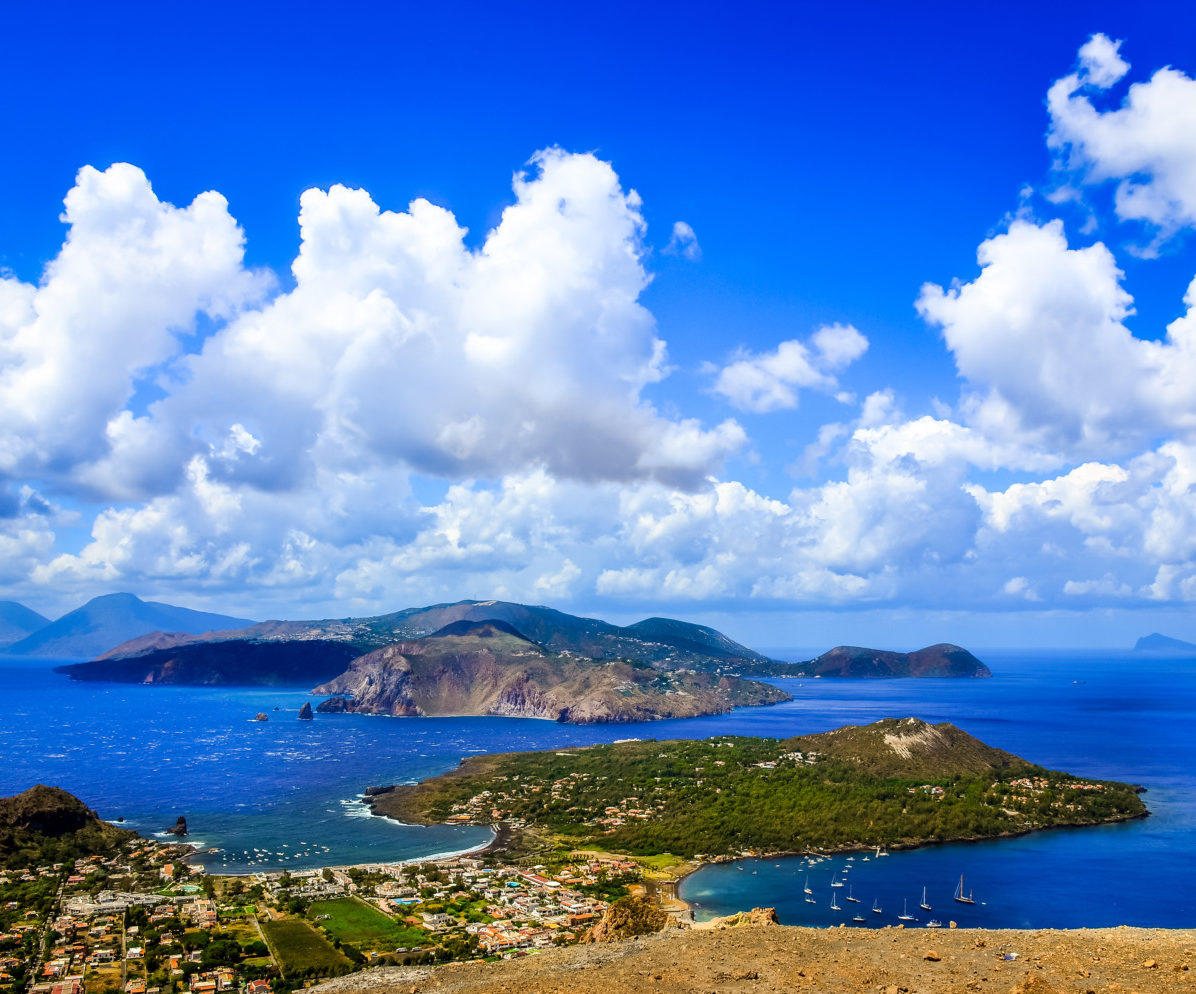
Sicily
Sicily is the largest island in the Mediterranean, and feels in many ways like its own country. Sicily saw the rise and fall of a dozen empires from the Phoenicians to the Habsburgs, which is evident in architecture ranging from Roman mosaics to Arab domes, and in distinctive local cuisine. Traditional foods here are a vibrant blend of Sicily’s history, and are complimented by a distinguished variety of regional wines. Stop into Agrigento’s Valley of the Temples, eat your way around Val di Noto, or visit Palermo’s street markets. Sicily has everything from hiking in the shadow of the active volcano Mount Etna, to snorkeling and diving in sparkling azure Mediterranean sea.
